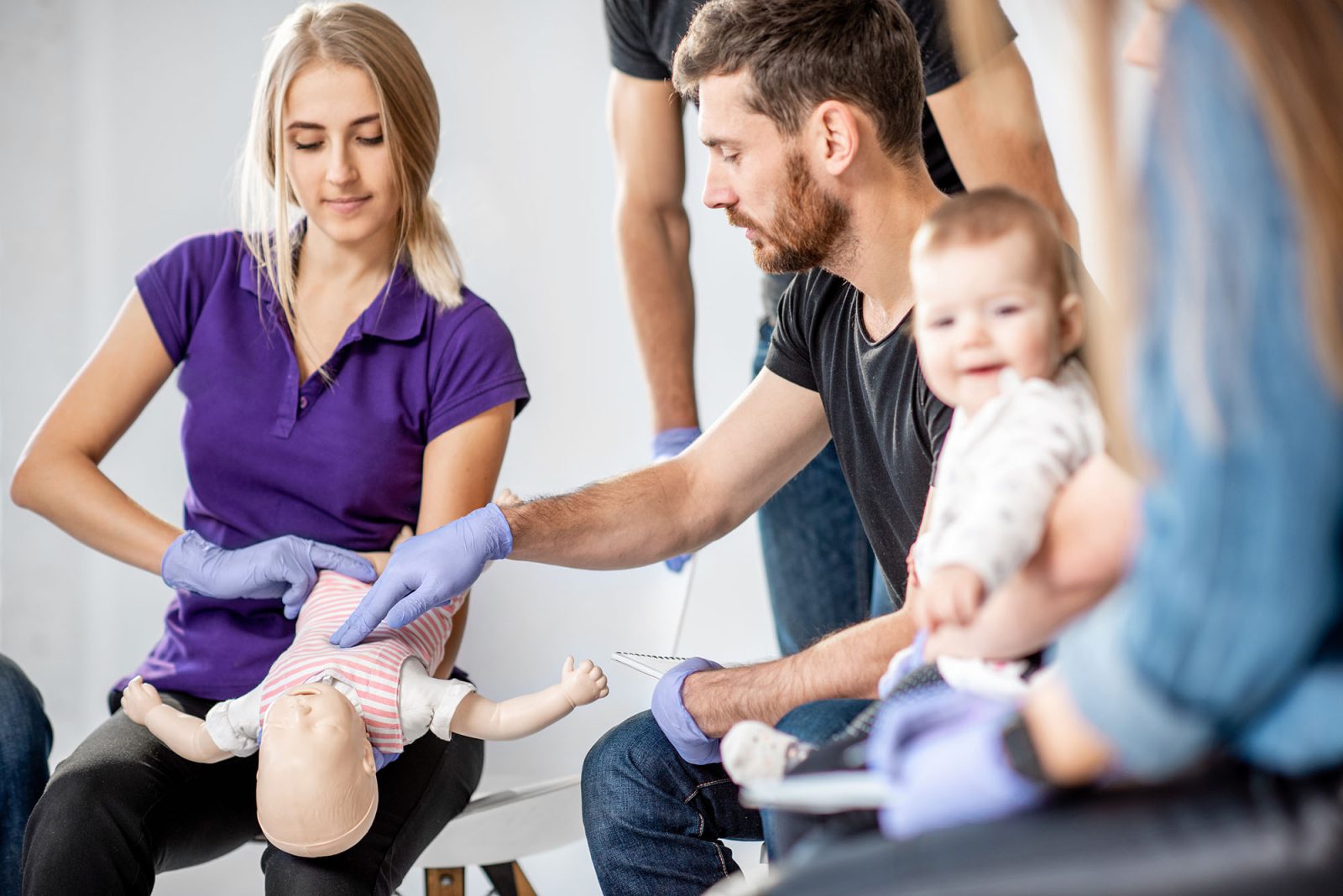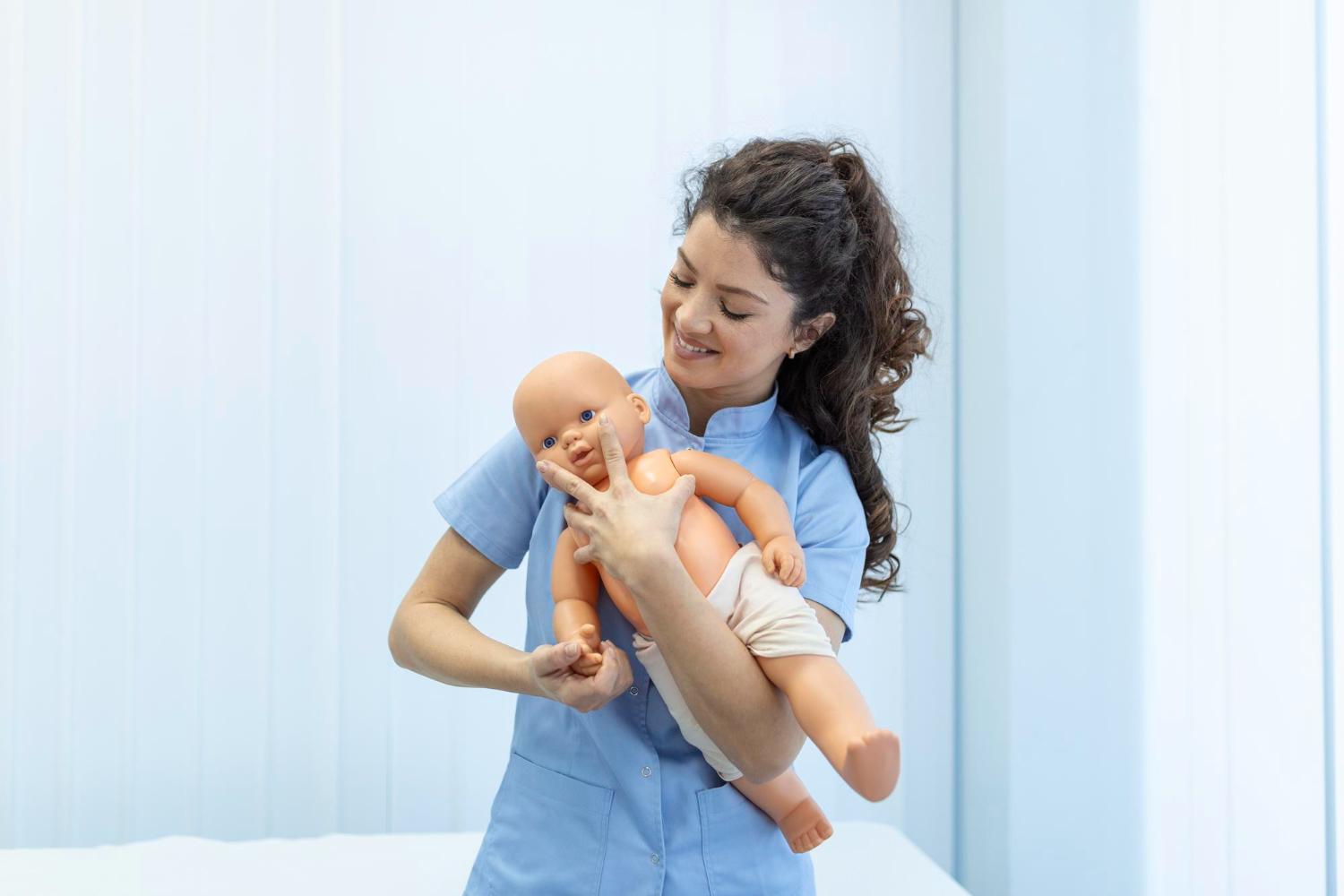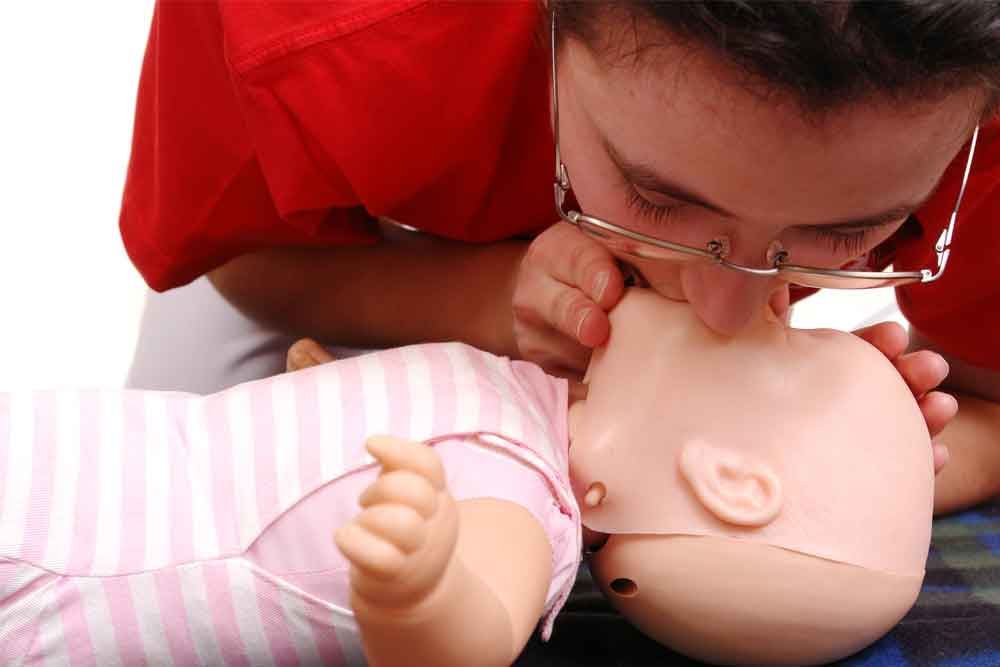
When you entrust your child to a babysitter or caregiver, you assume they have the necessary skills to keep your little one safe. But have you ever considered whether they know what to do in a life-threatening emergency, such as when a baby stops breathing? Infant CPR training is a vital skill that can make the difference between life and death in these situations. In this article, we’ll explore why infant CPR training should be a requirement for babysitters and caregivers, the benefits of CPR certification, and how to get trained.
Infant CPR, or cardiopulmonary resuscitation, is a lifesaving technique used when a baby is not breathing or their heart has stopped beating. It involves a combination of chest compressions and rescue breaths to help restore blood circulation and breathing. Knowing how to perform CPR on an infant is crucial because their bodies are delicate and require a different approach than CPR for adults or older children.
Babies are not just smaller versions of adults; their physiology is unique. Their airways are smaller, their bones are more fragile, and their breathing patterns differ. Therefore, the technique and pressure applied during CPR on infants need to be adjusted accordingly. Understanding these differences is a key component of infant CPR training.

CPR certification provides formal training and assessment of a person’s ability to perform CPR correctly. This certification is not just a piece of paper—it’s a testament to a caregiver’s commitment to ensuring the safety and well-being of children in their care.
Child safety is a top priority for every parent. Mandatory infant CPR training for caregivers ensures that they are equipped to handle critical situations. When a caregiver knows how to perform CPR, they can act quickly and effectively, which can be life-saving.
Accidents happen, and while we cannot prevent all emergencies, we can reduce the risks associated with them. By making CPR training mandatory, we prepare caregivers to deal with potential hazards, thus reducing the likelihood of tragic outcomes.
Making infant CPR training a requirement sets a standard of care within the industry. It elevates the level of professionalism among babysitters and caregivers and ensures that everyone entrusted with the care of infants has the necessary skills to protect them.

There are several ways to obtain CPR training and certification. Many organizations offer courses designed specifically for infant CPR, ensuring that caregivers receive the most relevant and up-to-date information.
Organizations such as the American Red Cross, American Heart Association, and local community centers often provide CPR certification courses. These courses typically include both theoretical instruction and hands-on practice with mannequins.
While online courses offer convenience, they may lack the hands-on practice necessary to build confidence and muscle memory. In-person training, on the other hand, allows participants to practice techniques under the guidance of certified instructors, providing immediate feedback and corrections.
CPR certification is not a one-time achievement. It requires periodic renewal to ensure that caregivers remain informed about the latest techniques and guidelines. Staying current with certification also demonstrates a continued commitment to child safety.
Infant CPR training is not just an optional skill for babysitters and caregivers—it’s a necessity. By requiring CPR certification, we can ensure that those responsible for our children’s safety are prepared to act in emergencies. The peace of mind that comes from knowing a caregiver is trained and certified in infant CPR is invaluable. If you are a parent, consider discussing this requirement with your babysitter or caregiver. If you are a caregiver, take the initiative to get certified and set yourself apart as a professional dedicated to the highest standard of care. Remember, a little preparation can make all the difference in a critical moment.
If you’re ready to take the important step of ensuring the safety of the children in your care, don’t hesitate to reach out for CPR and First Aid classes. These courses will equip you with the essential skills and knowledge needed to respond effectively in emergencies.
Contact CPR Classes Near Me today to find a class that fits your schedule. Investing in your training not only enhances your qualifications but also provides peace of mind for the families you serve. Remember, being prepared can save lives!
Our primary goal is to ensure that you receive a top-quality CPR/First Aid certification. With our in-person training in Austin, you can learn CPR and BLS in just one class. Your presence is all that’s needed to continue with your lesson! During your session, you will complete all the live-training components necessary to ensure you receive your AHA Healthcare Provider certification card.
Our CPR Classes in Austin are discounted to $59.95 (saving you $20), and our CPR + First Aid Class is offered at $79.95 (also saving you $20). When looking for CPR Classes, ensure to check for the American Heart Association seal. Other sites might seem cheaper but frequently lack the official training credentials demanded by employers.
Upon successful completion of the course, you will obtain a CPR certification that is valid for two years. The AHA CPR certification is recognized with the highest acceptance rate among employers nationwide.
Indeed! Enroll in any CPR Certification Austin BLS course to extend your certification for an additional two years. The in-person BLS course and the Renewal Class are identical.
Anyone capable of completing the course independently should consider pursuing CPR training and CPR Certification. There is no minimum age restriction for obtaining a CPR certification in Austin through the American Heart Association (AHA)..
CPR training needs to be carried out in person to guarantee its effectiveness. Our experienced instructors offer an engaging and dynamic learning experience. Typically, employers do not recognize CPR certifications that are obtained solely through online courses.
All authorized American Heart Association training centers are obligated to display the entire video. After a three-hour session with CPR Classes Near Me Austin, your BLS CPR eCard will be promptly issued by the instructor on the same day!